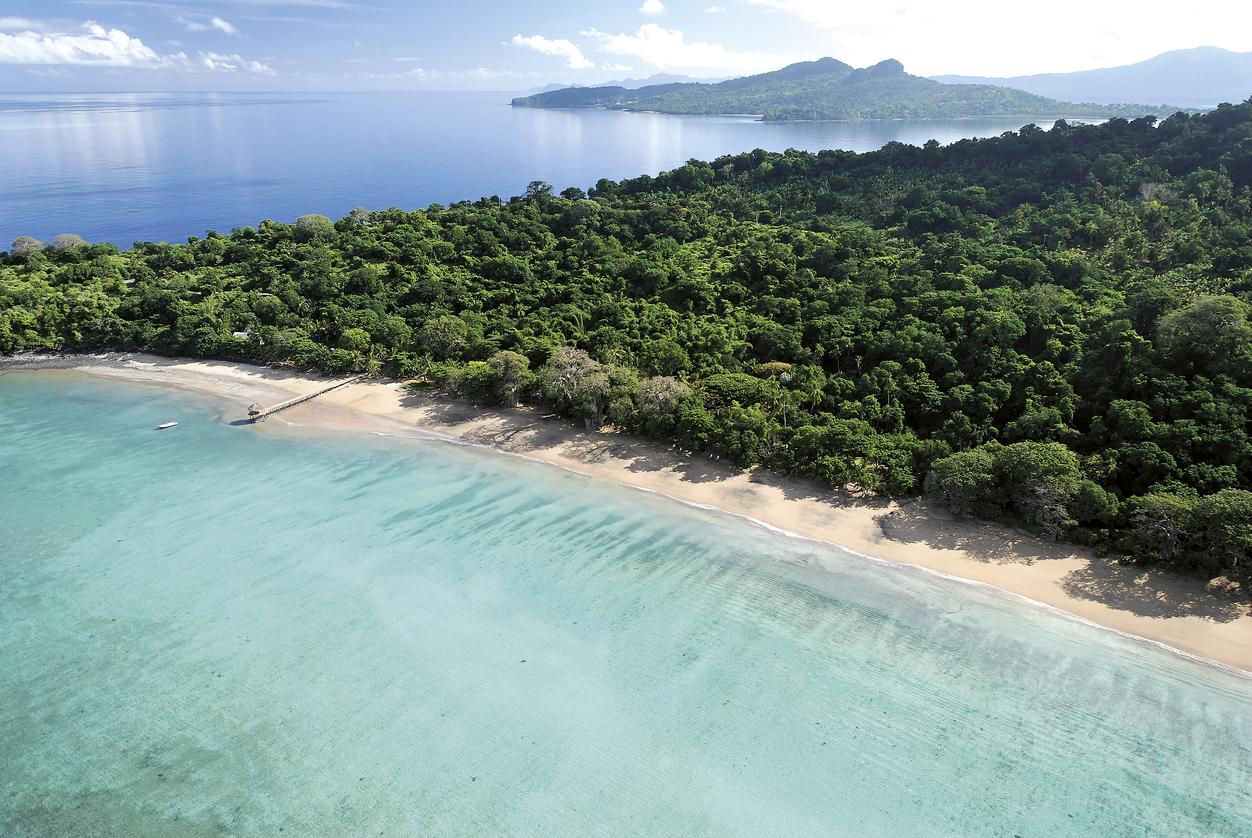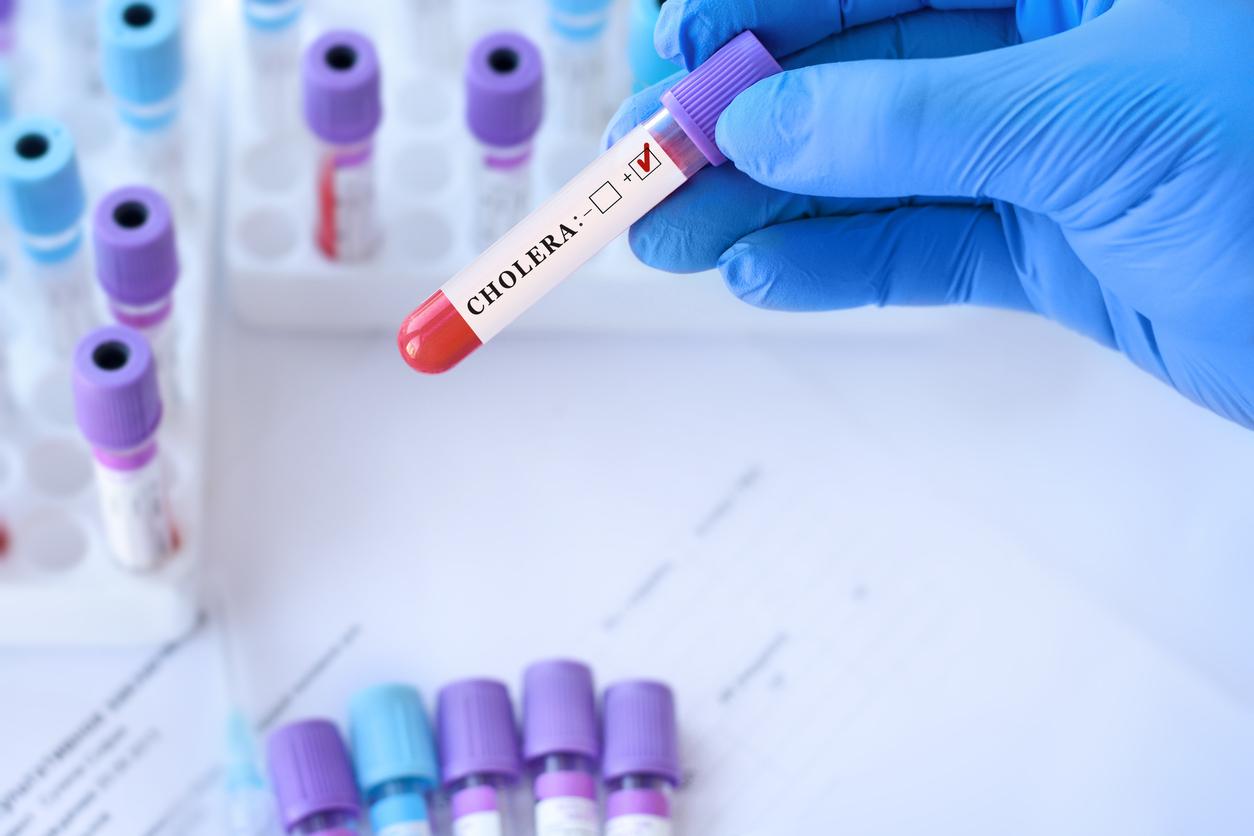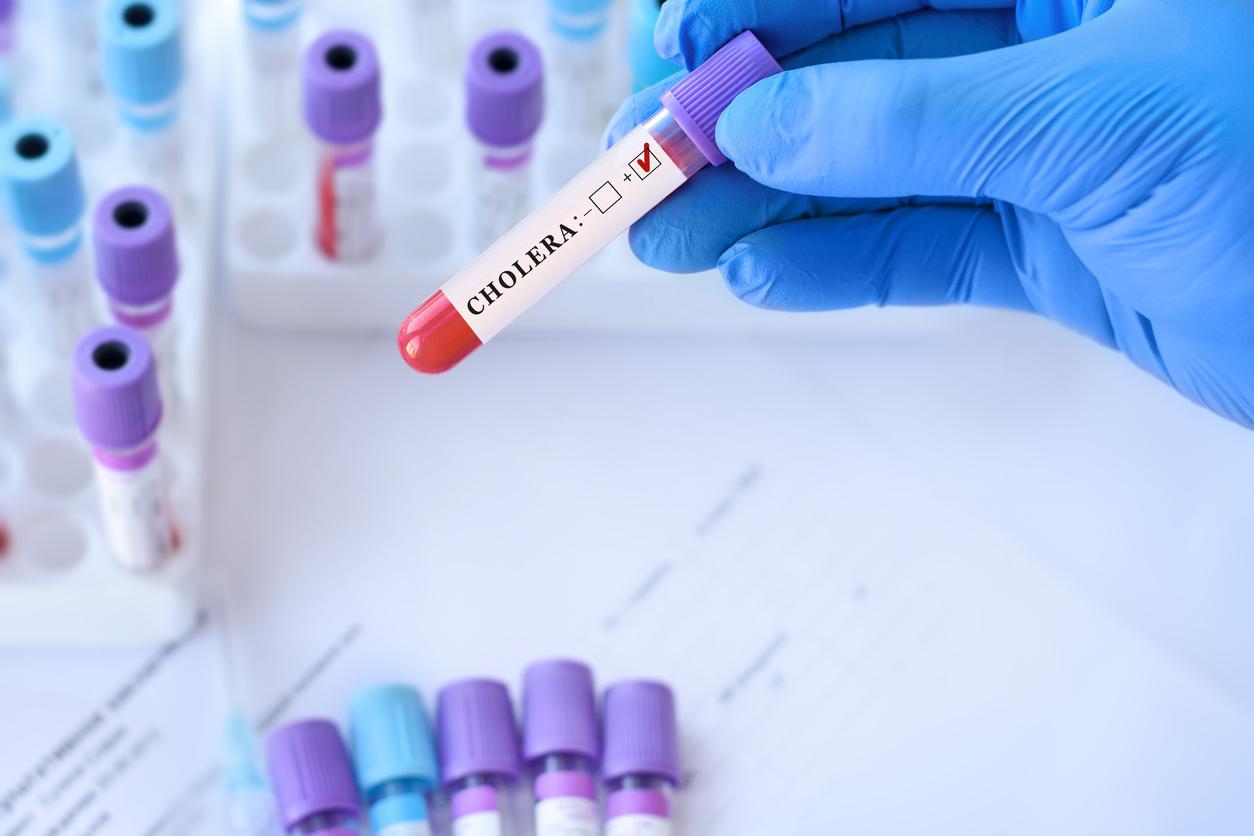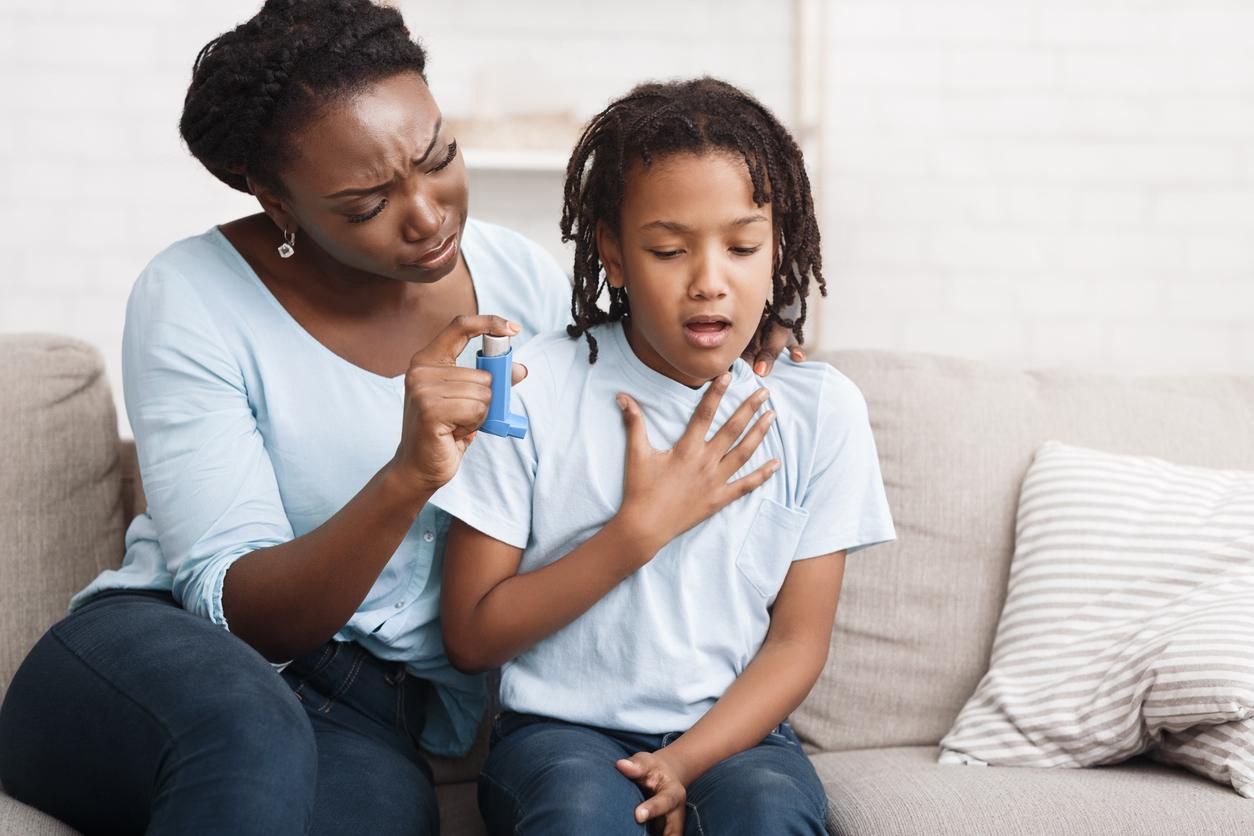According to the Regional Health Agencies (ARS), 250 people affected by leprosy live in France, all from the DROM-COM or abroad.

A case of leprosy is detected every two minutes worldwide. This is far from the 5 million annual cases recorded fifty years ago, but the Order of Malta and the Raoul Follereau Foundation, main players in the fight against leprosy, want to once again mobilize on the fate of lepers in the world. “Making the invisible visible, looking leprosy in the face” is the watchword of the World Leprosy Days, on 27, 28 and 29 January.
In 1991, the World Health Assembly — the annual gathering of members of the World Health Organization (WHO) — set the goal of eliminating leprosy as a global public health problem by the year 2000. A goal defined by experts as corresponding to a prevalence of less than 1 in 10,000, and achieved just in time.
200,000 cases per year
According to WHO figures for 2015, the prevalence would be, at the global level, 0.29 cases per 10,000. Southeast Asia, more particularly affected, still has 0.61 cases per 10,000. The elimination program has achieved very good results, thanks to the delivery of effective antibiotic treatments.
The introduction of polychemotherapy (PCT) some thirty years ago has significantly reduced mortality and the number of people disabled by the disease. The leprosariums, where affected patients were isolated – as much to treat them as to hide them – have largely disappeared.
But the fight is not over for the WHO, which still deplores more than 200,000 cases per year, including almost 20,000 children. India (with more than 100,000 cases per year) and Brazil (30,000 cases per year) are under increased surveillance. The leprosy control strategy established for the next four years focuses on early detection, especially in children: it hopes that no cases of pediatric disability will be recorded by 2020, and limit to less than one in 1 million cases of visible deformity. Leprosy is indeed still very discriminating in certain countries, stamped as “disease of the poor”. It is indeed favored by malnutrition and promiscuity.
Mayotte particularly affected
But France is not spared. DROM-COMs are regularly affected. In 2015, 64 new cases were identified. In Guyana, for example, the number of cases is on the rise. It was 8.4 per year between 1996 and 2006, and 16 cases per year between 2007 and 2011. Four cases were detected in Réunion in 2015, 3 in French Polynesia, but above all 56 in Mayotte. In total, 250 people affected by leprosy live in France, all from the DROM-COM or abroad.
Leprosy is caused by infection with the bacterium Mycobacterium leprae. It manifests in two forms. A so-called “tuberculoid” form, the most common, combines depigmented spots on the skin which may be accompanied by ulcers and mutilation, nervous disorders affecting the limbs, with damage to skin sensitivity. The other, called “lepromatous”, is more visible. Cutaneous lesions are predominant, and are accompanied by ENT or ophthalmological symptoms. This form is contagious.
An effective treatment
Transmission is still debated for this less contagious disease, whose incubation period can take 5 years, and for which symptoms may not appear until 20 years after contamination. Certain animal vectors (mosquitoes, bedbugs) could have a role to play, but it is above all through prolonged contact with an infected person, such as someone in the family, that contagion occurs. Nasal sputters or droplets are incriminated, but also soiled objects, such as bed linen. The mucus of leprosy patients is indeed contaminated by the bacteria, which can survive and penetrate via ulcerations or skin wounds.
Multidrug therapy is very effective for the treatment of leprosy, which takes 6 to 12 months. It leads to few relapses, and has few side effects.
.















